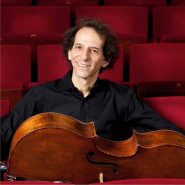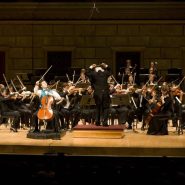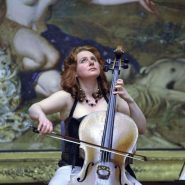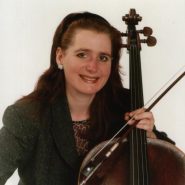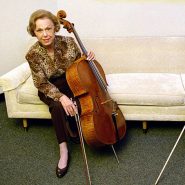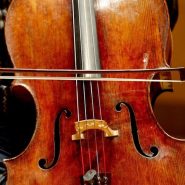Tag: Teaching
By Tim Janof July 29, 2021
Subjects Interviews
By Tim Janof June 14, 2021
Subjects Interviews
By William Fedkenheuer June 4, 2021
Subjects Artistic Vision
Tags career, entrepreneurs, Music Education, Teaching
By Blogmaster March 10, 2021
By Tim Janof February 22, 2021
Subjects Interviews
By Hannah Roberts October 9, 2020
By Tim Janof September 16, 2020
By Tim Janof September 8, 2020
By Tim Janof March 1, 2020
Subjects Interviews
By Hayden Idson September 11, 2019
Subjects Technique
Tags bow angle, experiment, legato, student, student reflection, Teaching


